Description
ٌWhat is documented Information
Documented information required by ISO 9001:
According to ISO 9001 clauses 7.5, the requirements for documented information procedures in the context of ISO management systems usually include the following key elements:
The Quality Management System (QMS) must include all documented information specified by the ISO 9001 standard.
Documented Information Necessary for Effectiveness:
The QMS must include all documented information that the organization deems necessary to ensure the effectiveness of its organizayion management system..
NOTE: The extent and nature of documented information required can vary based on:
- The size of the organization and the nature of its activities, processes, products, and services.
- The complexity of processes and their interactions.
- The competence of personnel.
Creating and Updating Documented Information (7.5.2):
Identification and Description: Ensure that each document has clear identifiers such as a title, date, author, or reference number.
Format and Media: Specify the format (e.g., language, software version, graphics) and media (e.g., paper, electronic) used.
Review and Approval: Documents must be reviewed and approved for their suitability and adequacy.
3. Control of Documented Information procedure (7.5.3):
General Control Requirements (7.5.3.1):
Ensure documented information is available and suitable for use where and when needed.
Protect the ISO 9001 documented information from loss of confidentiality, improper use, or loss of integrity.
Specific Control Activities (7.5.3.2):
Distribution, Access, Retrieval, and Use: Control how documents are distributed, accessed, retrieved, and used.
Storage and Preservation: Ensure documents are stored and preserved in a manner that maintains their legibility and integrity.
Control of Changes: Implement version control and manage changes to documents.
Retention and Disposition: Define how long documents are retained and how they are disposed of when no longer needed.
External Documented Information: Identify and control documented information of external origin that is necessary for the QMS.
Protection of Conformity Evidence: Ensure documented information retained as evidence of conformity is protected from unintended alterations.
NOTE: Access to documented information may involve decisions about permissions for viewing only or for both viewing and modifying the information.
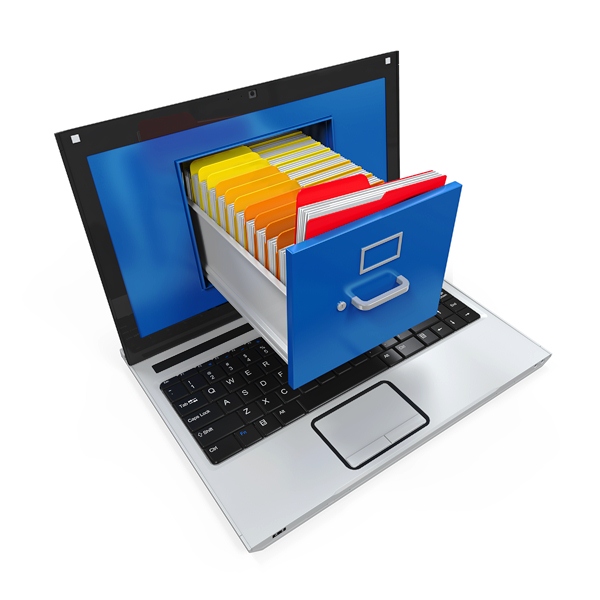
Requirements for documented information procedure
Creation and Approval:
Define the process for creating documented information, including the identification of responsible personnel and the criteria for content.
Establish procedures for reviewing and approving documents before they are issued to ensure accuracy, relevance, and compliance with standards.
Identification and Labeling:
Ensure that each document is uniquely identified (e.g., by title, number, date, and version) to facilitate easy reference and retrieval.
Specify the appropriate labeling of documents, including revision numbers and the identity of the approving authority.
Control of Revisions:
Set out the process for updating documents, including how revisions are made, reviewed, approved, and communicated.
Maintain a record of document versions to ensure that only the most current version is used, while also keeping a history of changes.
Accessibility and Distribution:
Ensure that documented information is readily accessible to those who need it within the organization, including how documents are distributed and made available.
Control the distribution to prevent unauthorized access, especially in the case of sensitive or confidential information.
Storage and Retention:
Define the storage methods (physical or electronic) to ensure that documented information is protected from loss, damage, or unauthorized access.
Establish retention periods based on legal, regulatory, or organizational requirements, and describe the procedures for securely archiving or disposing of documents when they are no longer needed.
Protection and Security:
Implement measures to protect documented information from unauthorized alterations, destruction, or loss, particularly for critical or confidential documents.
Ensure that access controls are in place to limit document access to authorized personnel only.
Use and Dissemination:
Clarify how documented information is to be used within the organization, ensuring that staff are aware of and adhere to relevant documents.
Ensure effective communication of new or revised documents to all affected personnel.
Review and Approval of Retained Information:
Specify the frequency and criteria for reviewing documented information to ensure it remains relevant and accurate. Outline procedures for the formal approval of retained records, confirming their validity and compliance with standards.
Audit and Compliance Monitoring:
Include provisions for regularly auditing the documented information procedure to verify that it is being followed correctly and effectively. Establish criteria for corrective actions if discrepancies or non-conformities are identified during audits.
Disposition of Obsolete Documents:
Define the procedure for withdrawing obsolete documents to prevent their use, including how they are marked, archived, or destroyed. Ensure that obsolete documents are securely disposed of in accordance with retention policies and confidentiality requirements. These requirements help ensure that documented information supports the organization’s quality management system, maintains compliance with ISO standards, and promotes consistency, accuracy, and transparency in all processes.

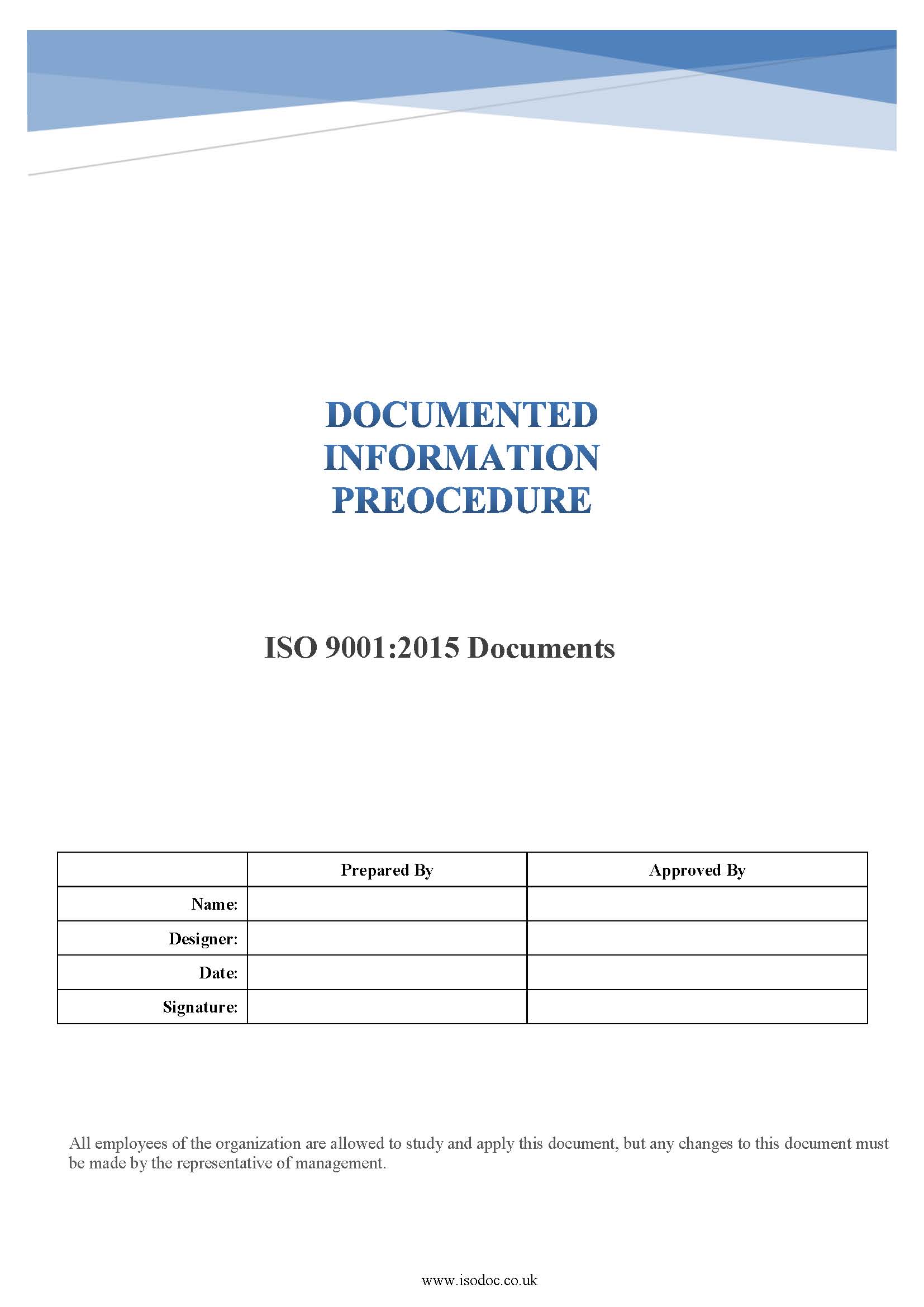
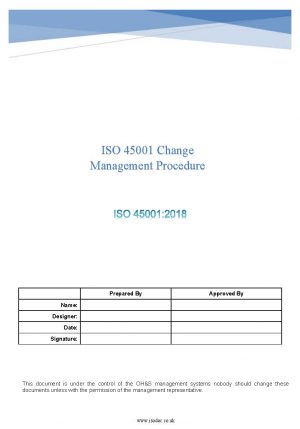
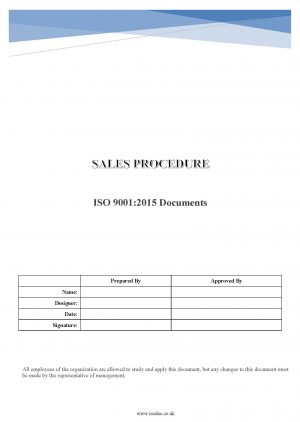
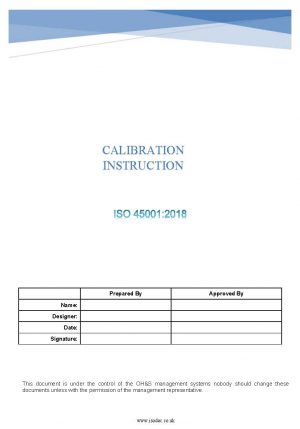
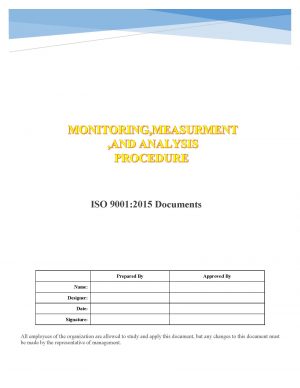
Reviews
There are no reviews yet.